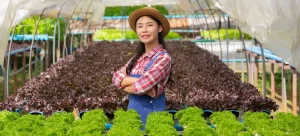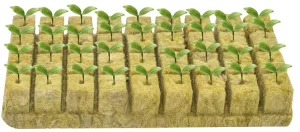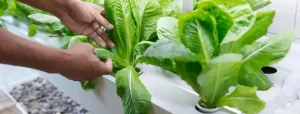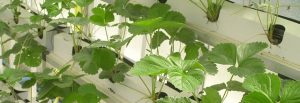Unbelievable Facts About Without Soil Gardening 2023
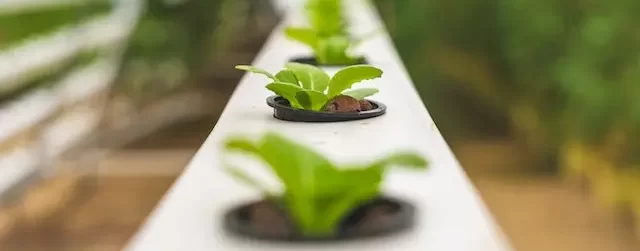
Table of Contents
Introduction
Traditional gardening methods require ample space and nutrient-rich soil to grow plants. However, with the increasing popularity of urbanization, many people do not have access to large outdoor spaces suitable for gardening. Additionally, not everyone has the time and resources to maintain a garden. Fortunately, there are alternative methods of gardening that do not require soil. This type of gardening is known as hydroponics, and many others types that we will cover later, and those different types have become increasingly popular in recent years due to their many benefits.
What is without soil gardening?
Without soil gardening, also known as soilless gardening, is a method of growing plants without using traditional soil as the growing medium. Instead, various other materials such as sand, gravel, peat moss, coconut coir, perlite, vermiculite, or hydroponic solutions can be used as a growing medium.
In soilless gardening, the plant’s roots are directly exposed to water and nutrients, either through a hydroponic solution or by manually fertilizing the medium. This allows for more efficient use of resources and can result in faster growth and higher yields.
There are several types of soilless gardening, including hydroponics, aeroponics, and aquaponics. Each of these methods has its own benefits and challenges, but all allow for growing plants in areas where traditional soil-based gardening may not be feasible or productive.
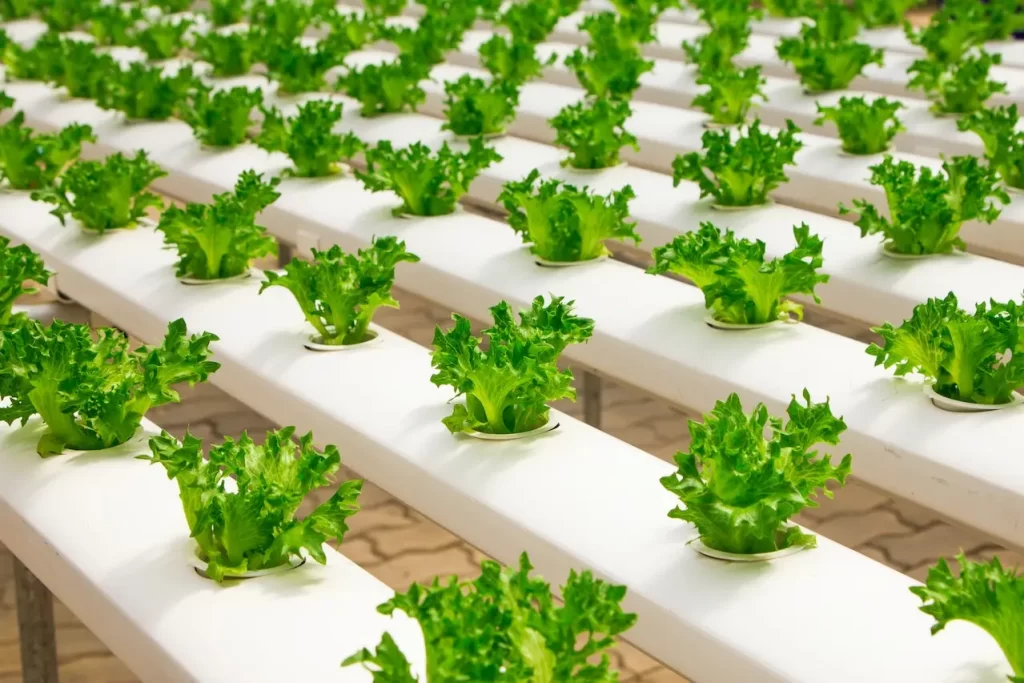
Is Without Soil Gardening Profitable
Whether or not soilless gardening is profitable depends on various factors, such as the type of plants being grown, the size of the garden, and the cost of inputs.
While soilless gardening can offer higher yields and faster growth rates than traditional soil-based gardening, it often requires more upfront investment in equipment and supplies such as grow lights, pumps, and nutrient solutions. However, over time, the reduced need for water and fertilizers, along with the increased yield, can result in cost savings.
Soilless gardening can be especially profitable for commercial growers who can take advantage of economies of scale and market demand for high-quality, locally-grown produce. For example, many urban farms and rooftop gardens use soilless techniques to grow fresh produce in areas where traditional soil-based gardening is not possible.
Overall, the profitability of soilless gardening depends on various factors and should be evaluated on a case-by-case basis.
What Are The Types of Without Soil Gardening
There are several types of soilless gardening, each with its own benefits and challenges. Here are some of the most common types:
- Hydroponics: Hydroponics is a method of soilless gardening that involves growing plants in a nutrient-rich solution instead of soil. The plant’s roots are suspended in the solution and receive all of their nutrients directly from the water.
- Aquaponics: Aquaponics is a type of soilless gardening that combines hydroponics with aquaculture. In an aquaponic system, fish are raised in a tank, and their waste is used to fertilize the plants grown in the hydroponic system.
- Aeroponics: Aeroponics is a method of soilless gardening that involves growing plants in a mist or aerosol of nutrient-rich water. The plant’s roots are suspended in the air and receive all of their nutrients from the mist.
- Vertical farming: Vertical farming is a type of soilless gardening that involves growing plants in vertical stacks or layers. This allows growers to maximize space and increase yields.
- Container gardening: Container gardening is a type of soilless gardening that involves growing plants in containers filled with a growing medium such as perlite or coconut coir. This allows gardeners to grow plants in areas where traditional soil-based gardening may not be feasible.
- Raised bed gardening: Raised bed gardening is a type of soilless gardening that involves growing plants in a raised bed filled with a growing medium. This allows for better drainage and can help prevent soil-borne diseases.
Which is better aeroponics or hydroponics?
Aeroponics and hydroponics are both methods of growing plants without soil, but they differ in how they deliver nutrients to the plants. Hydroponic systems immerse the plant’s roots in nutrient-enriched water, while aeroponic systems suspend the plant’s roots in air and spray them with a nutrient solution.
The choice of which method is better depends on the specific needs and preferences of the grower. Hydroponic systems are cheaper to build and easier to manage, but aeroponics uses fewer resources and tends to produce a better harvest. Aeroponics also has the advantage of being able to grow plants with less water, as they are sprayed with a nutrient solution rather than submerged in water. On the other hand, hydroponics has the advantage of being more water-efficient, as the water can be recirculated and the reservoir only needs to be changed periodically.
Ultimately, it is up to the grower to decide which method is better suited to their needs based on factors such as cost, resources, and desired outcomes.
The Benefits of Hydroponics
- Space Efficiency: Hydroponics allows for vertical gardening, which means that more plants can be grown in a smaller space. This is especially useful for those living in urban areas where space is limited.
- Water Efficiency: Hydroponics uses significantly less water than traditional gardening methods. This is because the nutrient solution can be recycled and reused, reducing the amount of water needed to grow plants.
- No Weeding Required: Since hydroponics does not use soil, there is no need to weed the garden.
- Pesticide-Free: Hydroponics gardens are less prone to pests and diseases. This is because the nutrient solution provides all the necessary nutrients, making the plants stronger and more resistant to pests.
- Higher Yields: Hydroponics gardens tend to produce higher yields than traditional gardens. This is because the plants have access to all the necessary nutrients in the nutrient solution, which allows them to grow faster and produce more fruit.
- Continuous indoor or outdoor growth: Hydroponic systems can be used to grow plants indoors or outdoors, regardless of the weather or season.
What are the disadvantages of hydroponic farming?
Hydroponic farming, while having several advantages, also has some disadvantages. One major disadvantage is the high installation costs and the need to test the solution frequently, as small errors can affect the entire crop. Additionally, hydroponic systems are vulnerable to equipment failure or power outage, which can quickly kill the plants. Another disadvantage is the risk of waterborne diseases and algae in closed hydroponic systems, which can be dangerous for the plants. Hydroponic farming is also more expensive to set up compared to traditional gardening. [1][2][3][4]
Types of Hydroponic Systems
- Deep Water Culture (DWC): In this system, the plants are suspended in a nutrient-rich solution, and their roots are allowed to dangle in the water. This system is simple and inexpensive to set up.
- Drip System: In this system, the nutrient solution is dripped onto the plants’ roots using a drip emitter. This system is ideal for larger plants and is easy to set up.
- Nutrient Film Technique (NFT): In this system, the nutrient solution is continuously pumped over the plants’ roots, creating a thin film of water. This system is ideal for growing leafy greens and herbs.
- Aeroponics: In this system, the plants are suspended in the air, and the nutrient solution is misted onto the roots. This system is ideal for growing plants that require high oxygen levels.
Conclusion
Hydroponics is an innovative gardening method that offers many benefits. With hydroponics, anyone can grow plants regardless of the space available or the quality of soil. Additionally, hydroponics is a water-efficient, pesticide-free, and high-yielding method of gardening. There are several different types of hydroponic systems available, each with their own unique advantages. So, if you’re interested in gardening without soil, hydroponics is definitely worth considering.

